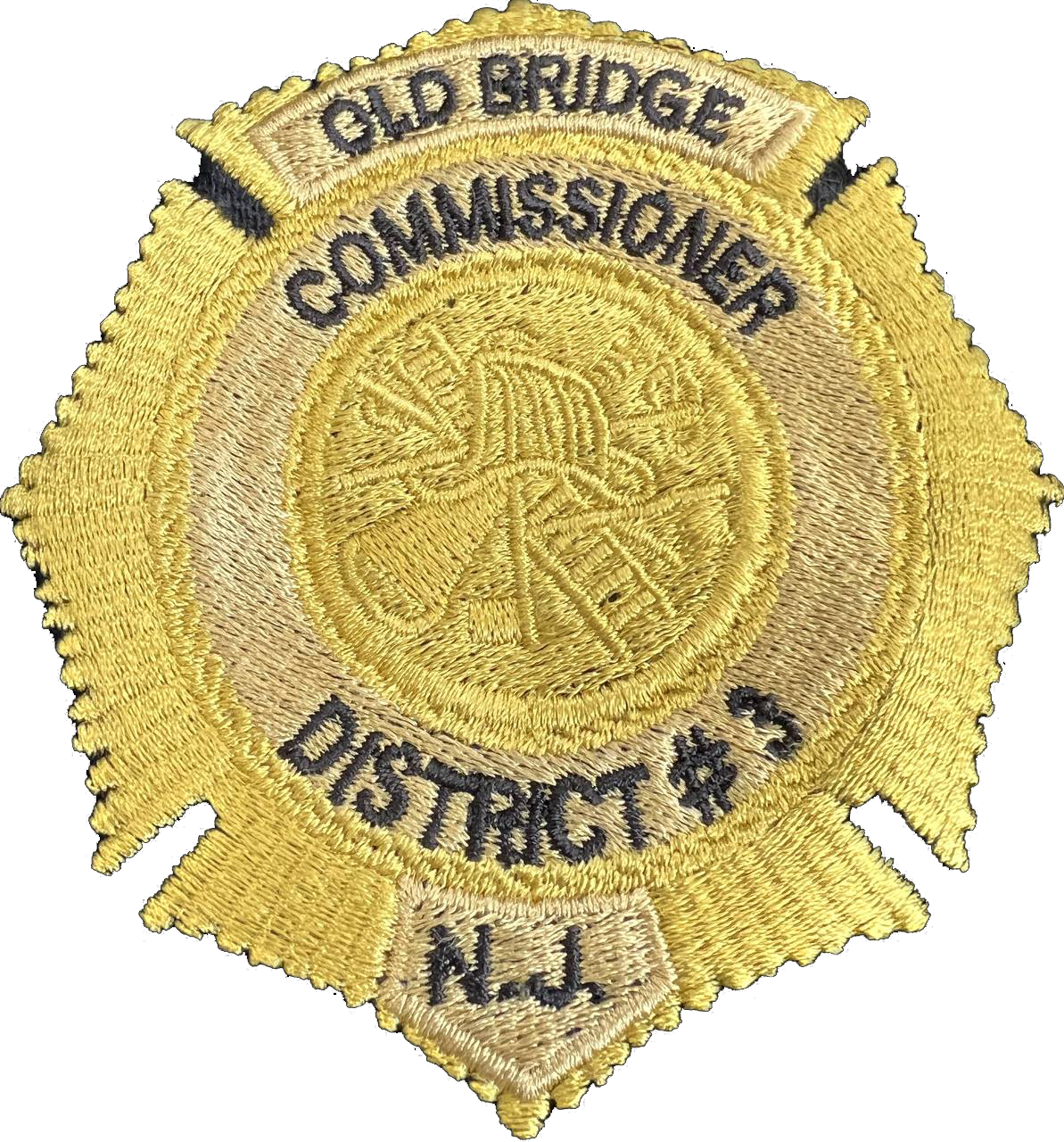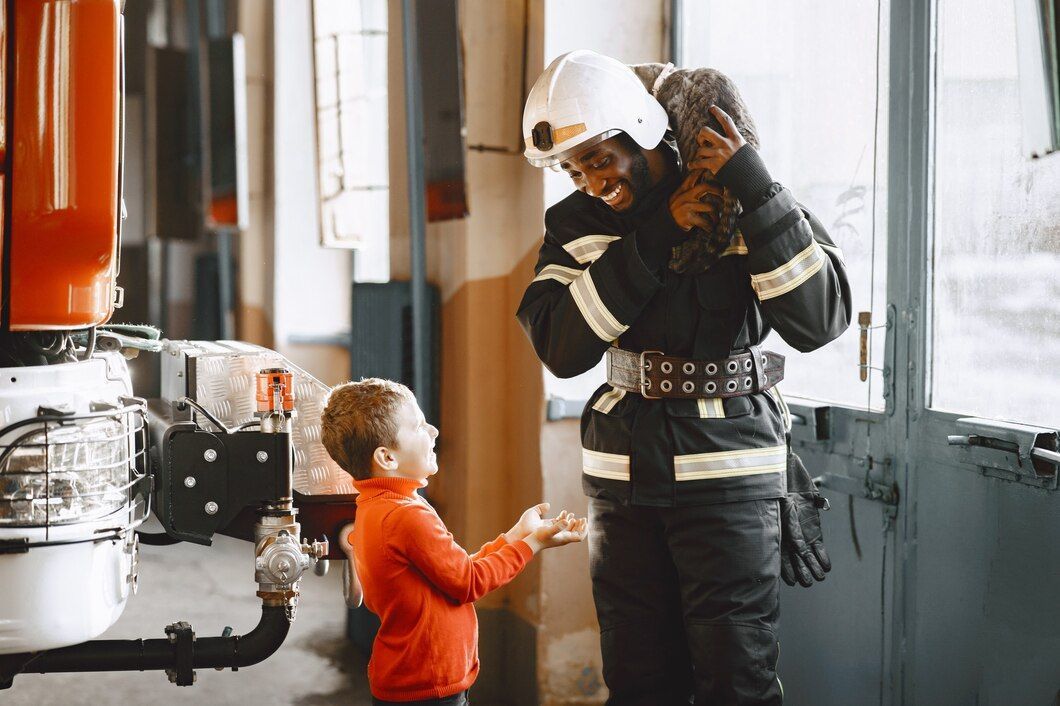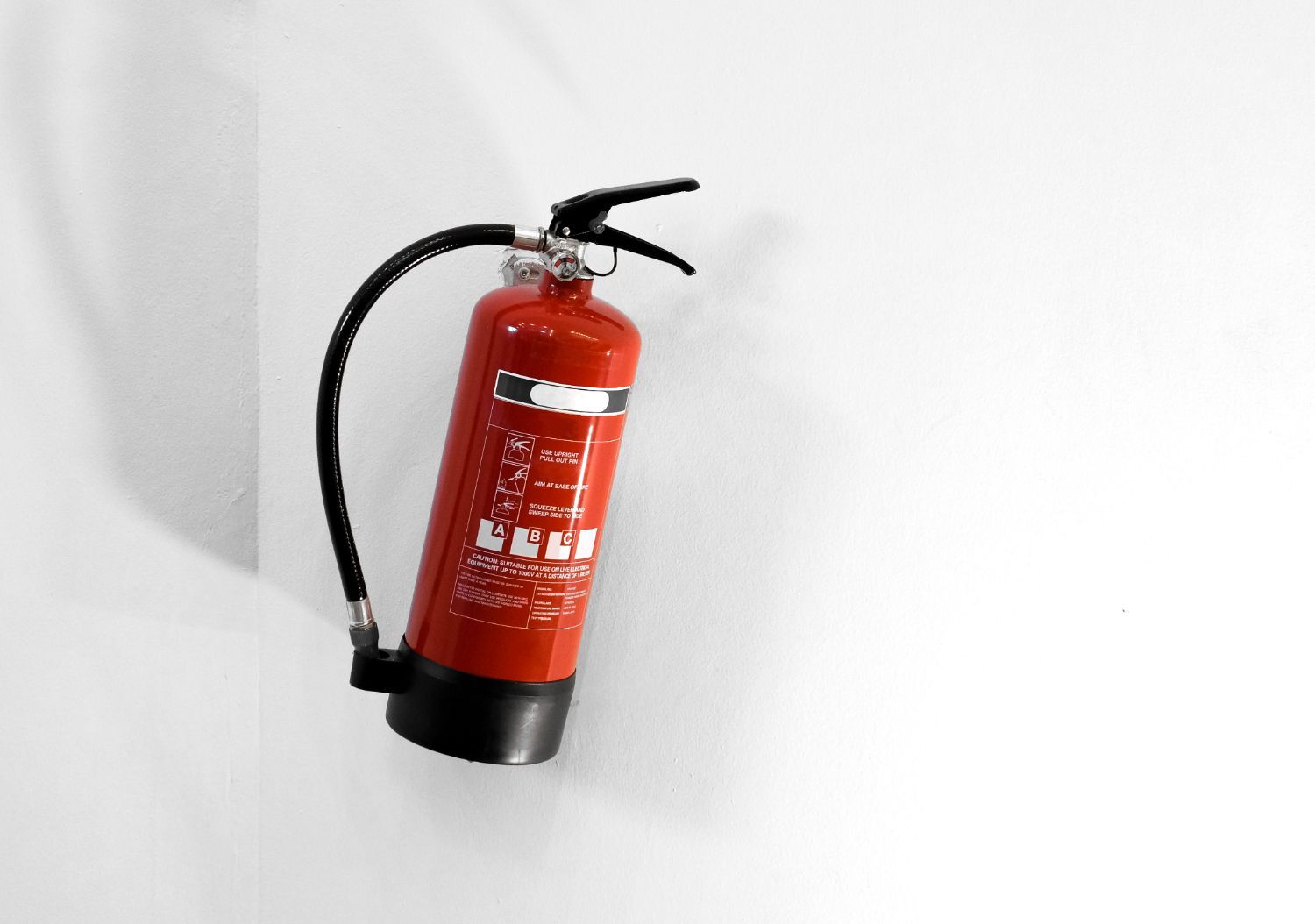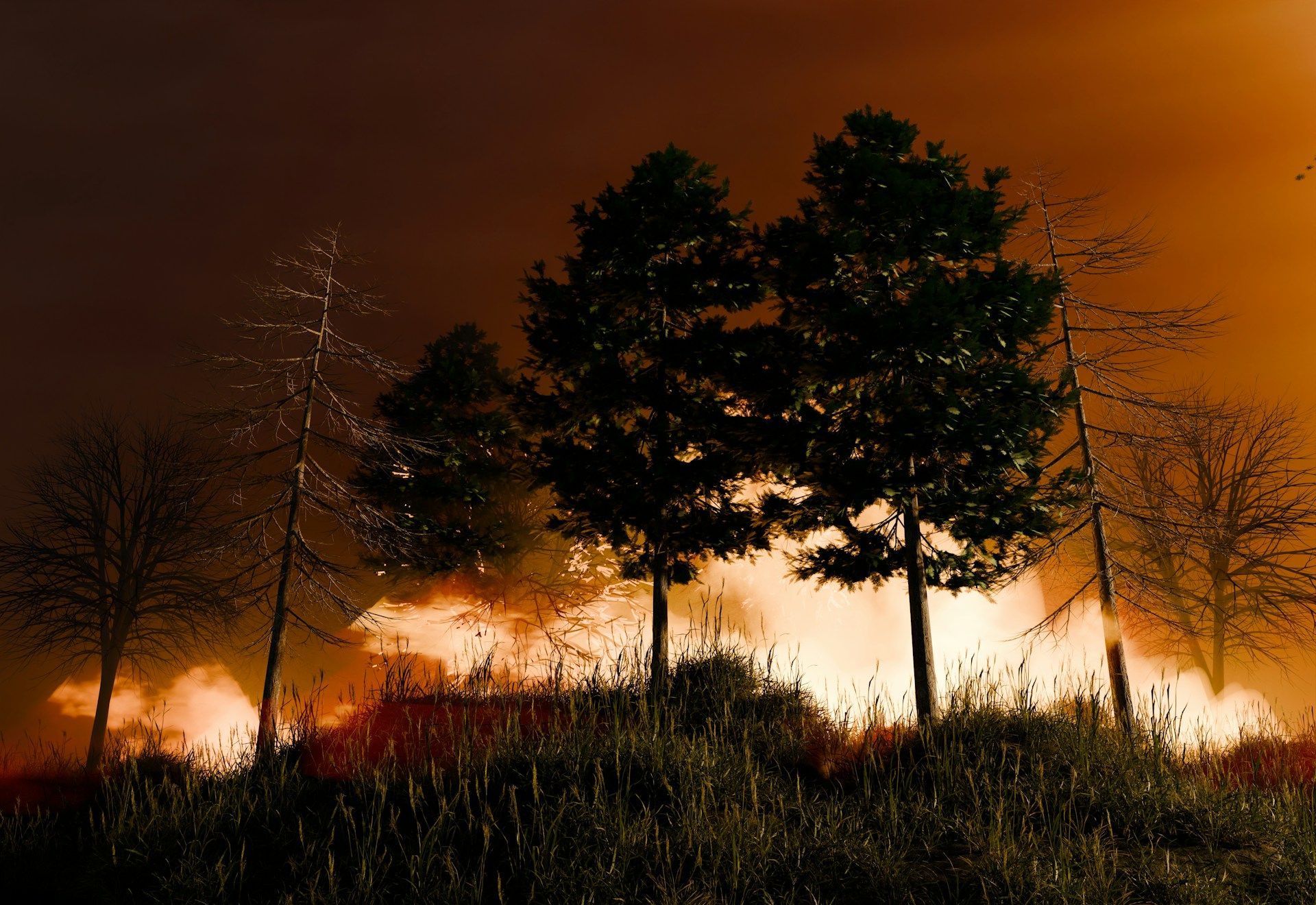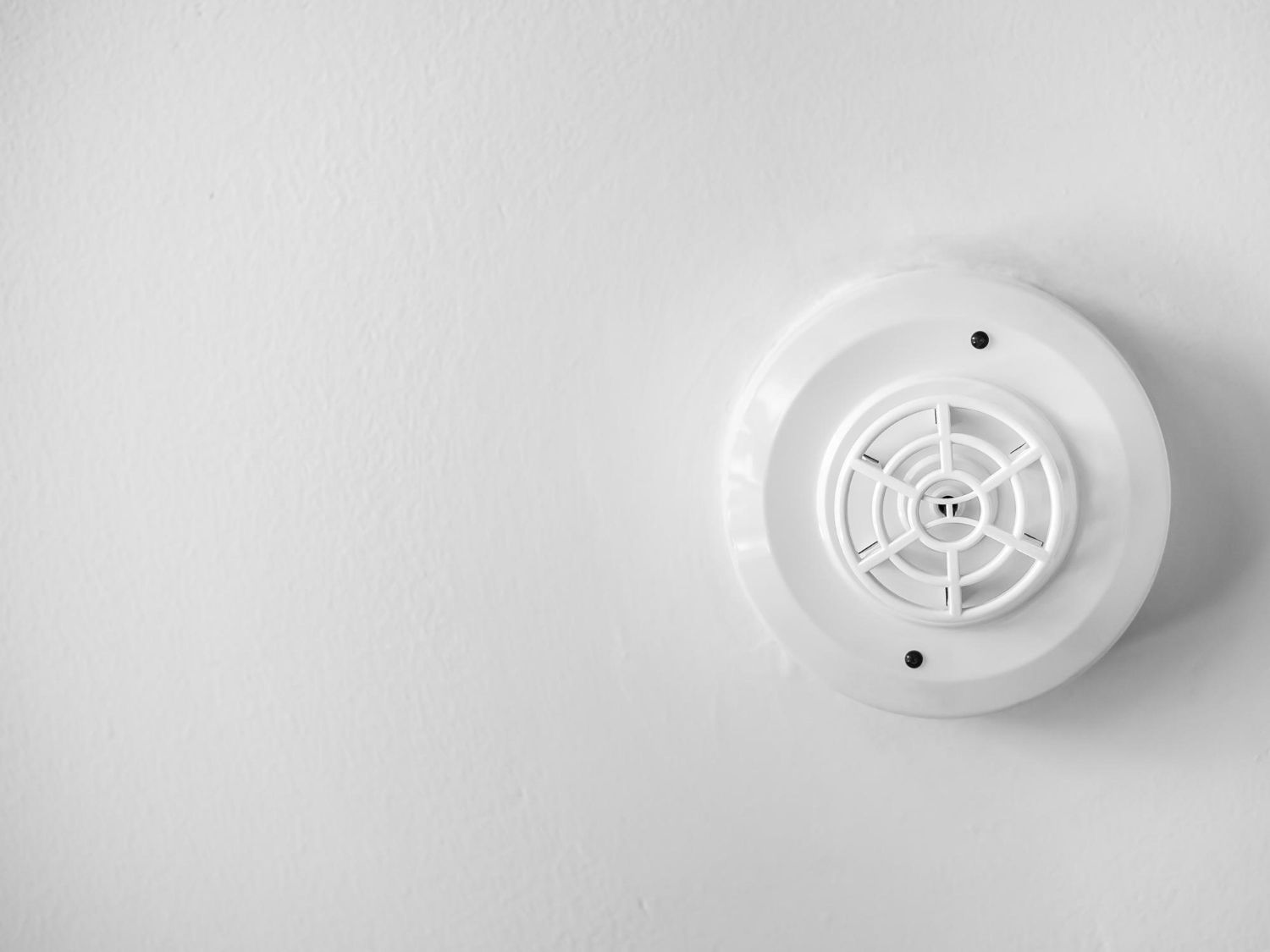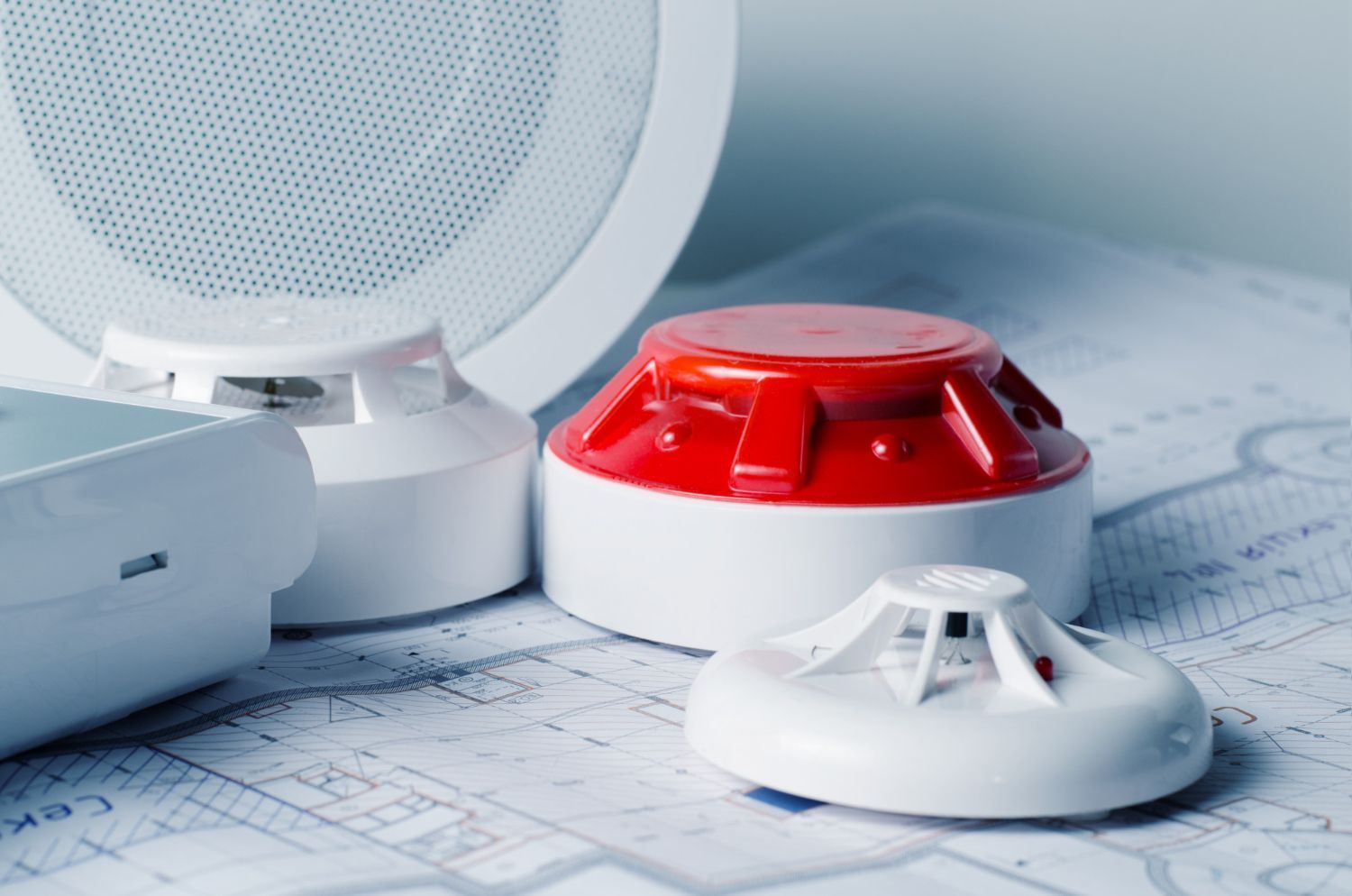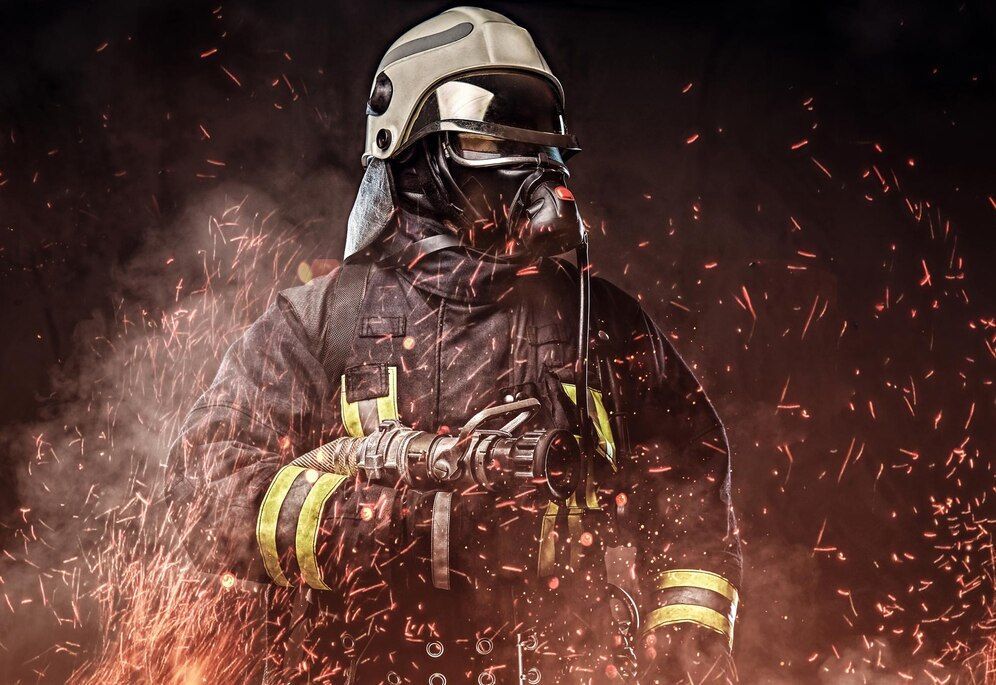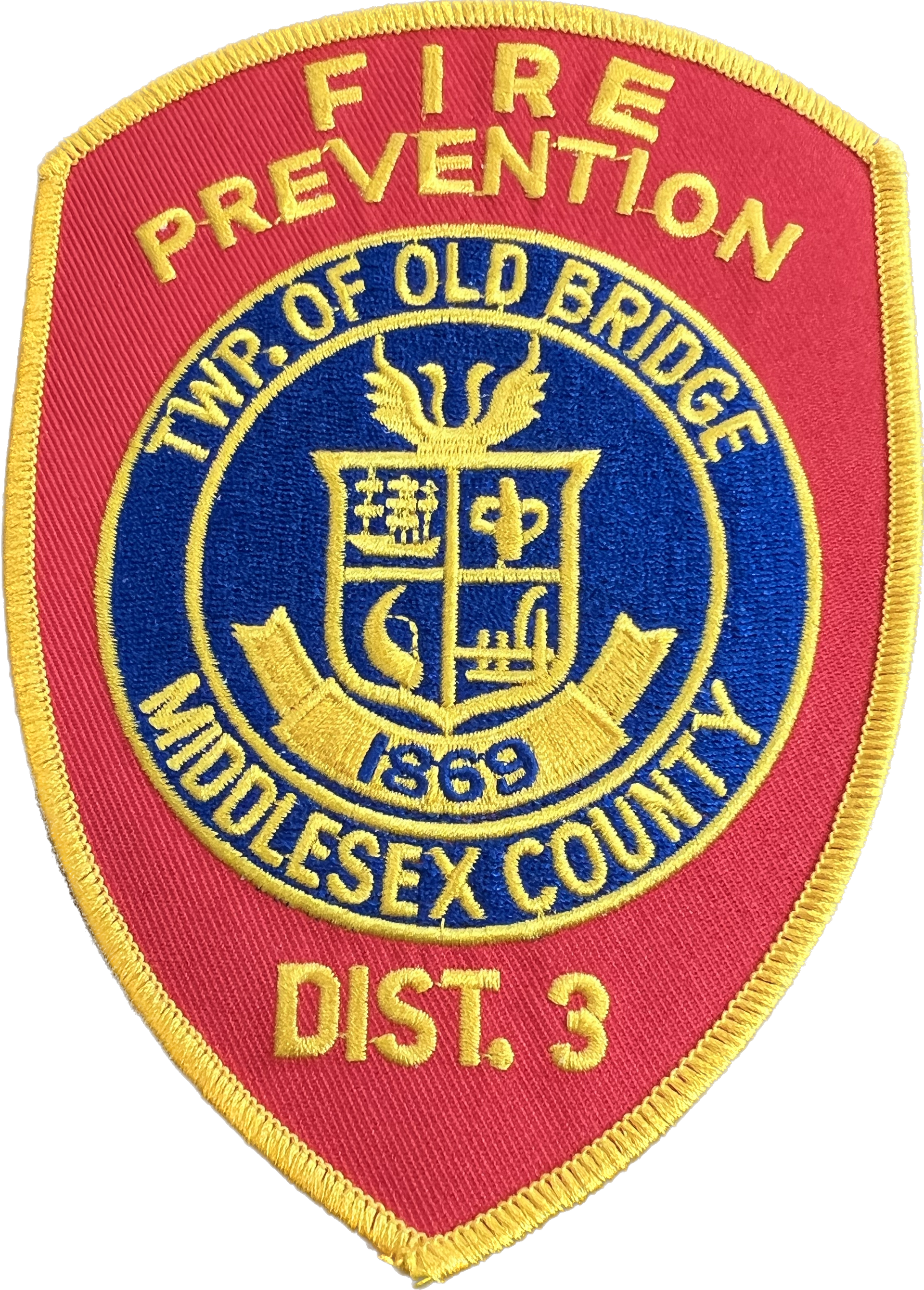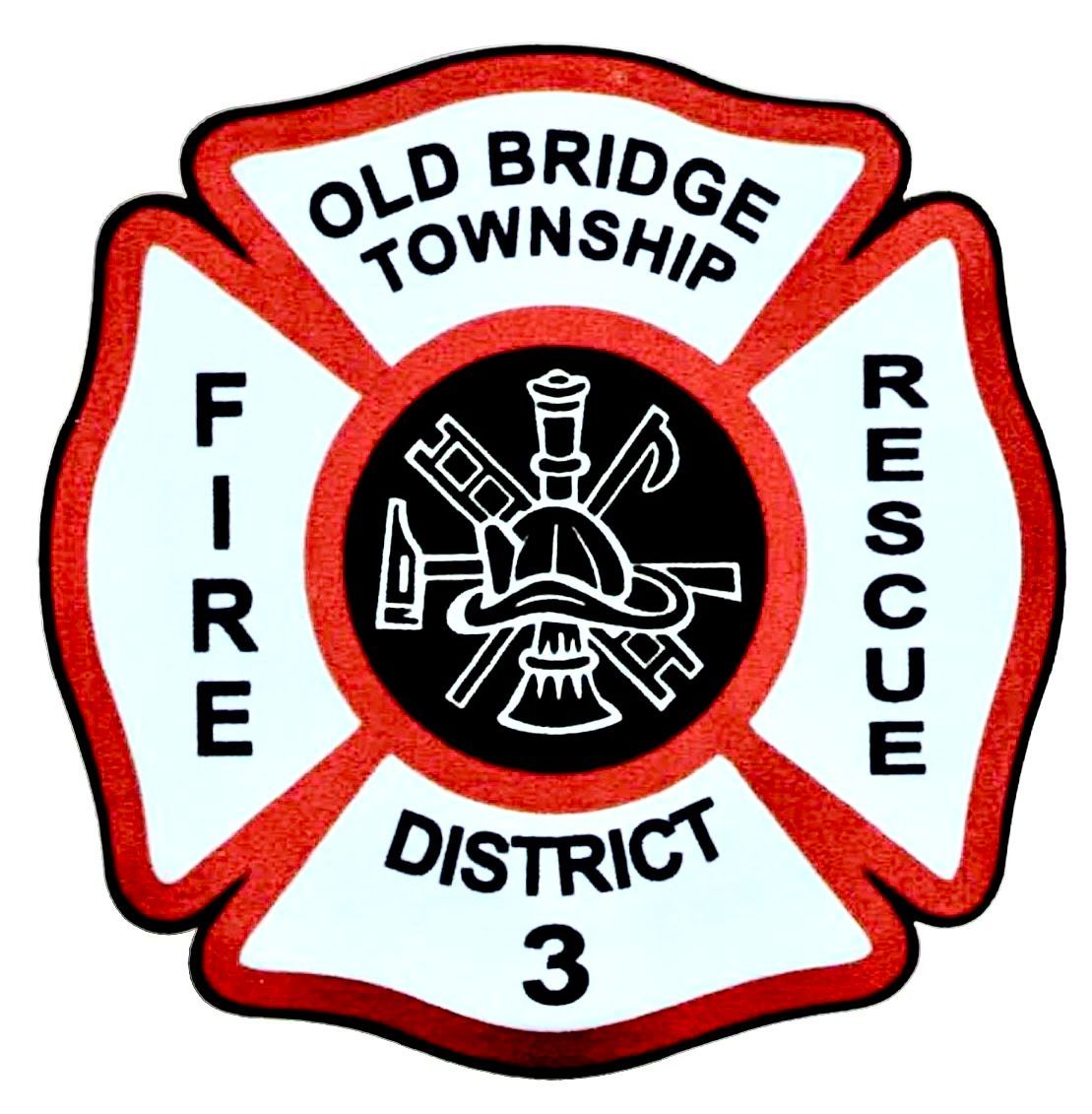Essential Guide to Creating Your Home Fire Escape Plan

It’s a calm truth - emergencies can happen at any time. Whether in the middle of the night or during the day, a fire outbreak requires immediate and efficient action to ensure everyone’s safety. At Board of Fire Commissioners, Fire District 3, Township of Old Bridge, we emphasize the critical importance of having a robust fire escape plan for your home. Such planning not only prepares you for quick evacuation but also ingrains safety habits that can significantly influence outcomes in stressful situations.
Creating a fire escape plan isn’t just about drawing a map; it’s about understanding the dynamics of your home environment and regularly updating your strategy to reflect any changes. Whether you live in a compact apartment or a sprawling residence, each space requires its unique set of preparations. Through this article, we aim to guide you with straightforward, actionable steps on crafting and maintaining an effective escape plan tailored to your living space. Let’s protect what matters most together by taking these essential actions into our daily lives.
Understanding the Basics: What Is a Fire Escape Plan?
A fire escape plan is a strategy that outlines specific actions to be taken by everyone in your home to safely evacuate in the event of a fire. This plan is essential, not only for ensuring everyone knows what to do but also for minimizing panic during an emergency. Here at the Board of Fire Commissioners, Fire District 3, Township of Old Bridge, we stress that a well-thought-out escape plan identifies two safe ways out of every room, options for those with mobility issues, and a safe meeting spot outside of the home. The primary goal is to exit the house quickly and safely, avoiding exposure to dangerous smoke and flames.
Moreover, a fire escape plan is not a one-time exercise. It is vital to ensure that all family members are familiar with the plan and understand their role in an emergency. This includes being able to open locked windows, knowing how to use an escape ladder if necessary, and recognizing the sound of smoke alarms. Clarifying these details can be the difference between chaos and calm in urgent situations.
Designing Your Fire Escape Plan: Room-by-Room Guidelines
When designing your fire escape plan, it's crucial to go through each room of your home to assess and establish escape routes. Starting with the bedrooms, ensure that every sleeping area has at least two exit possibilities, which could be a door and a window. Check that windows are not stuck, screens can be easily removed, and that safety bars can be quickly opened. In children’s rooms, it’s especially important to practice using these exits, as kids may need to rely on these skills in an actual emergency.
Moving to the living areas, including the living room, kitchen, and dining room, you must ensure pathways to exits are clear of furniture and clutter that could impede a quick evacuation. Don’t overlook basements and attics—these often-overlooked areas can become traps if not properly integrated into your escape plan. For these areas, consider escape ladders if they’re not at ground level. Throughout the process, maintain an emphasis on simplicity and direct routes that lead to your family's designated safe meeting place outside your home, such as a neighbor’s mailbox or a specific streetlight. The clear and practical layout of escape routes immensely contributes to the effectiveness of your fire escape plan.
Practical Tips for Conducting Effective Fire Drills at Home
Regularly conducting fire drills at home is crucial to ensure that every family member knows what to do in case of an emergency. At the Board of Fire Commissioners, Fire District 3, Township of Old Castle, we recommend scheduling these drills at different times of the day, including at night, to prepare for any scenario. Start by sounding the smoke alarm to signal the beginning of the drill which mimics the conditions of a real fire. Everyone should act out their roles according to the escape plan, swiftly moving towards the designated safe meeting spot.
During the drill, observe and rectify any stumbling blocks in the plan. For instance, if you notice that a particular exit route is too cluttered or difficult for younger children to access, make the necessary adjustments. It’s also beneficial to practice with blindfolds or simulate smoky conditions by asking family members to keep their eyes closed. This can help simulate the confusion and low visibility often experienced in real fire situations, teaching family members to rely on memory and touch to reach safety.
Maintaining Your Fire Escape Plan: Updates and Practice Frequency
To remain effective, a fire escape plan requires ongoing attention and updates. As we at the Board of Fire Commissioners, Fire District 3, Township of Old Bridge, always advise, review your fire escape plan at least twice a year and make any necessary changes. Adjustments might be needed if you’ve made significant home renovations, purchased new furniture that alters escape routes, or if there are changes in household members, such as aging family members who may now need more assistance.
In addition to updates, consistent practice is key. We recommend conducting fire drills every six months to keep everyone’s knowledge fresh and to reduce panic in an actual fire. After each drill, gather everyone to discuss what went well and what could be improved. This feedback is invaluable for making your next drill even more successful. Remember, the effectiveness of your fire escape plan largely depends on how instinctively individuals can act during an actual fire, making regular practice and reflection crucial components.
Conclusion
At the Board of Fire Commissioners, Fire District 3, Township of Old Bridge, our commitment is to ensure that all homes in our district are equipped with a robust fire escape plan. Preparing for the worst doesn’t have to be daunting; with regular practice and updates, you can create a safe environment that enhances your readiness to face emergencies confidently.
If you need assistance or resources to develop a comprehensive
fire escape plan, don’t hesitate to connect with the Board of Fire Commissioners, Fire District 3, Township of Old Bridge. Together, we can safeguard our community and enhance our resilience against unforeseen events.
